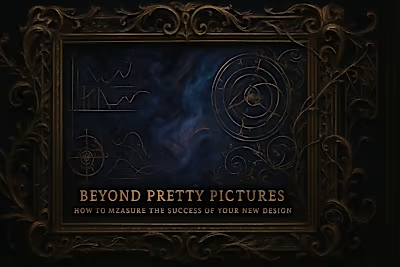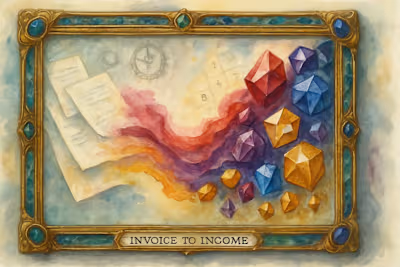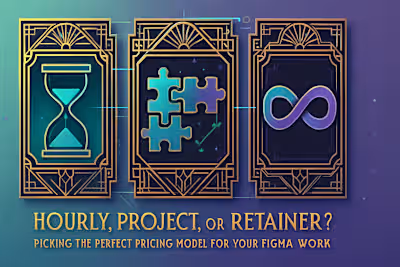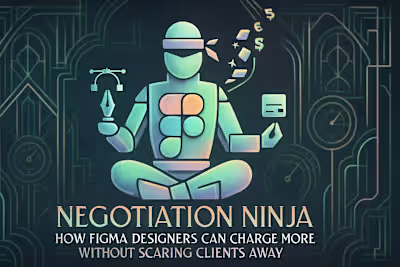Scope Creep SOS: How Figma Designers Can Prevent Extra Work from Tanking Profits
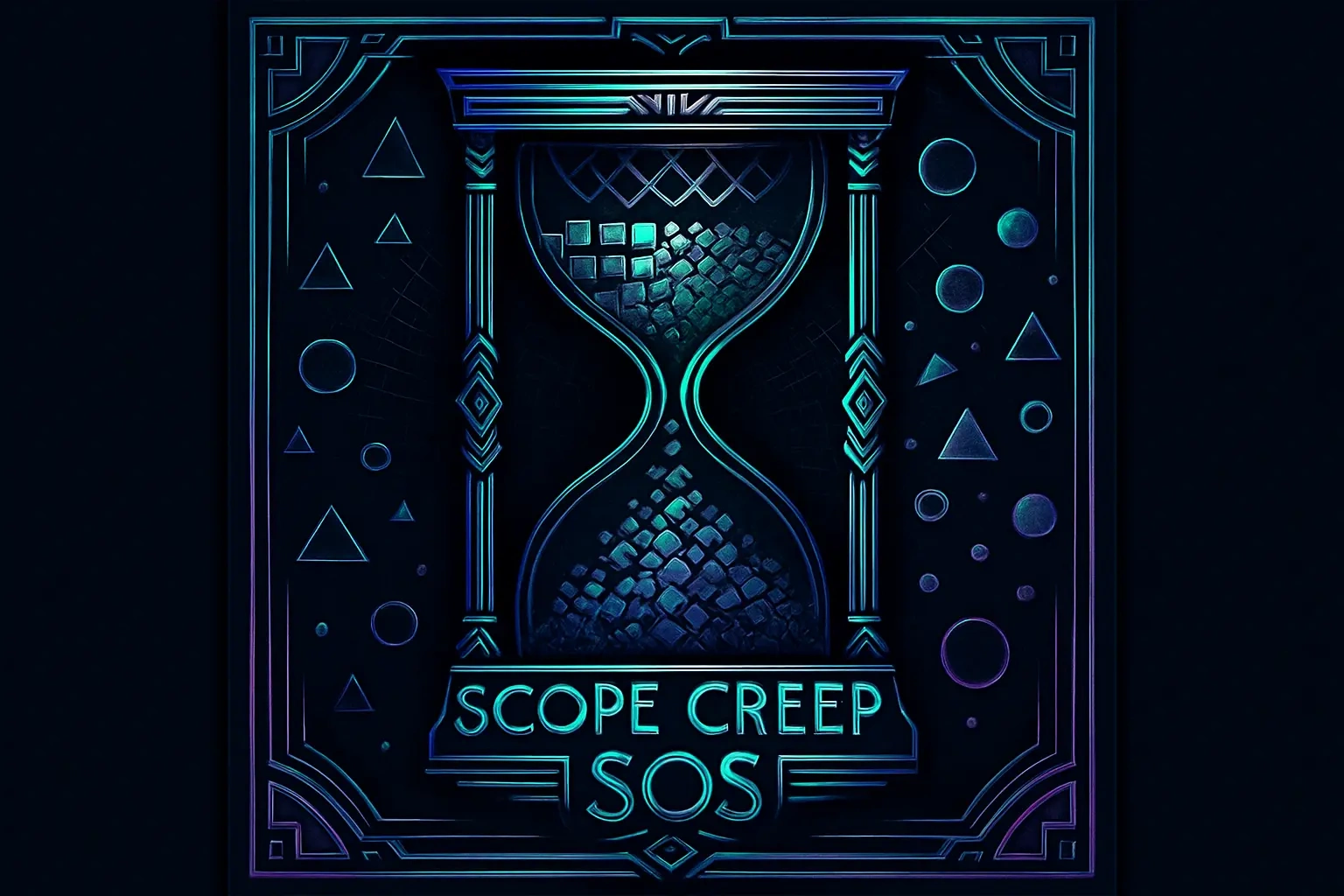
Scope Creep SOS: How Figma Designers Can Prevent Extra Work from Tanking Profits
Understanding the Root Causes of Scope Creep
Vague Initial Briefs and Unclear Requirements
The 'People-Pleaser' Freelancer
Clients Who Don't Understand the Design Process
Prevention: Your First Line of Defense
The Power of a Detailed Statement of Work (SOW)
Clearly Define the Revisions Process
Educate Your Client from Day One
How to Spot Scope Creep in the Wild
The 'Just One More Small Tweak' Request
Adding New Features or Deliverables
Shifting Project Goals Mid-Stream
Managing and Charging for Additional Work
The Formal Change Order Process
How to Say 'No' (or 'Yes, and...') Politely
Document Everything
Conclusion
References
Scope Creep SOS: How Figma Designers Can Prevent Extra Work from Tanking Profits
Understanding the Root Causes of Scope Creep
Vague Initial Briefs and Unclear Requirements
The 'People-Pleaser' Freelancer
Clients Who Don't Understand the Design Process
Prevention: Your First Line of Defense
The Power of a Detailed Statement of Work (SOW)
Clearly Define the Revisions Process
Educate Your Client from Day One
How to Spot Scope Creep in the Wild
The 'Just One More Small Tweak' Request
Adding New Features or Deliverables
Shifting Project Goals Mid-Stream
Managing and Charging for Additional Work
The Formal Change Order Process
How to Say 'No' (or 'Yes, and...') Politely
Document Everything
Conclusion
References
Posted Jul 6, 2025
Is scope creep killing your project profitability? Learn to identify, prevent, and manage scope creep with a strong contract, clear communication, and a formal change order process.






